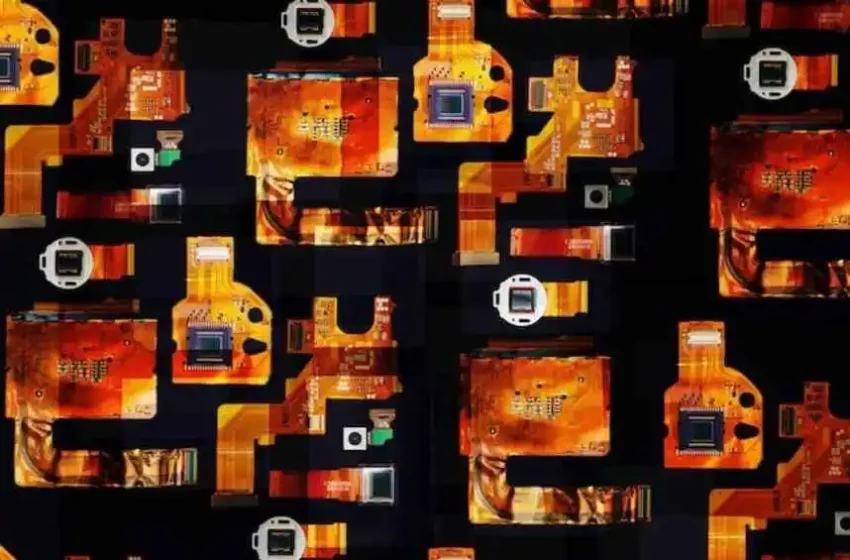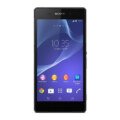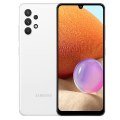
What are Sensors in Smartphones?
A sensor is a small piece of equipment or module that observes and evaluates the surrounding before communicating a numerical measurement to the processor. Smartphones predict a variety of environmental factors, such as ambient light, device orientation, movement, and more. Your smartphone depends on a variety of specialized sensors to enable you to access the different applications, features, and services that make your life easier, from a face unlock and fingerprint reader to GPS and auto-brightness.
Three-dimensional coordinate systems are present in all Smartphones. Your smartphone’s sensors track changes in real-time using this facility.
Let’s examine the number and operation of the sensors in your smartphone.
Some Common Sensors that Smartphones have
- An Accelerometer can detect movement and orientation by measuring acceleration, tilt, and vibration.
- For more comprehensive orientation information, a Gyroscope can identify up/down, left/right, and rotation around three axes.
- To adjust the display appropriately, a Light sensor gathers information about the ambient lighting conditions.
- Biometric verification for secure devices and authentication, as well as mobile payment, may be made possible using a fingerprint sensor.
- A Magnetometer measures the magnetic north direction and uses GPS to pinpoint the user’s location.
- The touchscreen display may be turned off to prevent accidental input thanks to a Proximity sensor that recognizes when the phone is held close to the face to make or receive a call.
- A Heart rate sensor as the name suggests is used to monitor heart rate
- SpO2 sensors help monitor Oxygen levels in Blood by using a light beam.

The Sensors in Your Phone and What They Do
Smartphones & Laptops come with various sensors, each playing a vital role in enabling different functions. Let’s check out the most common smartphone sensors and understand how they work.
Accelerometer Sensor
Your device’s motion is captured by an accelerometer along the three axes of the coordinate system. The X-axis tracks side-to-side movement, the Y-axis tracks top-to-bottom movement (including gravity), and the Z-axis tracks the forward-to-back movement of your device.
It determines your acceleration using the information gathered by monitoring the movement of your device. Apps utilize this information to determine direction, orientation, and speed. For instance, a fitness app may track your morning jog’s direction and speed.
Gyroscope Sensor
A gyroscope calculates the rotation of a device along its three axes of measurement. It accurately measures the rotational speed of your phone in radians per second.
Simply explained, a gyroscope monitors angular movement while an accelerometer measures linear movement. Both when coupled allow for features like auto-rotation and are employed in motion-sensitive games like Asphalt 9 and Temple Run.
Magnetometer Sensor
Your phone’s orientation in relation to the magnetic field of the earth is detected by a magnetometer. As it enables your phone to recognize directions and modify the map appropriately, this sensor is crucial to navigation and compass apps.
GPS Sensor
A Global Positioning System (GPS) is a sensor with antennae to aid navigation, similar to a magnetometer. It continuously receives satellite signals that are used to determine the route taken and the position of your phone.
The GPS sensor logs a position when it receives a signal. The distance is determined by the time difference between any two signals. GPS and magnetometer are both used by navigational applications to determine position and direction.
Ambient Light Sensor
The amount of light around the gadget is measured using ambient light sensors. These sensors track the intensity of the light fluctuations in the environment.
When the auto-brightness option is selected, the ambient light sensor’s information is used to adapt the screen’s brightness to match the ambient light level in the space. The ability to modify the brightness manually is available even though auto-brightness is a useful feature.
Proximity Sensor
The proximity of an object to your phone is measured using proximity sensors. A simple illustration of this is when you pick up and answer a call on your phone, the display turns off. By doing this, battery life is increased and unintentional phone touches are prevented.
When the distance between the screen and your ear reaches a certain amount, the display is turned off before your ear contacts the screen. This is how proximity sensors operate in this scenario.
Atmospheric Sensors
Several environmental characteristics of your device, such as atmospheric pressure, ambient temperature, air humidity, etc., are detected by atmospheric sensors. Among the atmospheric sensors are:
- Thermometer: It measures the temperature of the device and its surroundings.
- Barometer: It gauges the air pressure in the immediate area. The barometer determines your height by comparing the pressure recorded on your phone with the readings from the closest weather station since pressure rises with altitude.
- Air humidity sensors: These sensors measure the air humidity of your surroundings.

Biometric Sensors
Biometric sensors, which are commonly adopted for security purposes, identify people using bodily characteristics. Using physical characteristics for identity authentication offers improved protection since they are exclusive to an individual, such as fingerprints, irises, and faces.
Some of the biometric sensors on your smartphone include:
- Fingerprint Scanner: When you place your finger on the scanner, a capacitive surface in the device generates electrical impulses depending on the ridges of your finger.
- Iris Sensor: This sensor records and recognizes your iris’s pattern using infrared light that is undetectable to the human eye.
Sensors that can be introduced in the future in Smartphones
The functionality of smartphones can improve as an increase in sensor technology advances because
the development of smartphone sensors for health monitoring is still in its early phases. Scientists must improve the quality of the data gathered by these sensors and create sophisticated analytical tools capable of accurately and automatically processing massive volumes of data.
Smartphones could eventually replace all physical buttons on a user’s device with ultrasonic sensing technologies. The development of new sensor technologies may enhance smartphone design and bring seamless handsets one step closer to reality.
The goal of smartphone manufacturers is to make their digital assistants smarter, capable of recognizing and understanding various accents and responding in a more human-like fashion. With artificial intelligence injected into these bots,
We may anticipate the introduction of various feature sensors in smartphones in the future to improve camera sensing for better photo results. The addition of several sensors connected to health monitoring will enable simpler use cases and more precise, thorough results. Furthermore, sensors for women’s and public safety in case of emergency because there may exist several remarkable biosensors for device security that rely on DNA identification. The most interesting proposal I’ve heard is about sensors that can detect sunshine and provide energy to the battery to extend battery life.
Verdict
Your smartphone becomes smarter thanks to sensors. These support characters in the play assist processors in enabling different functions because certain sensors, such as gyroscopes and accelerometers, have several uses, and hall and ambient light sensors have particular uses.













